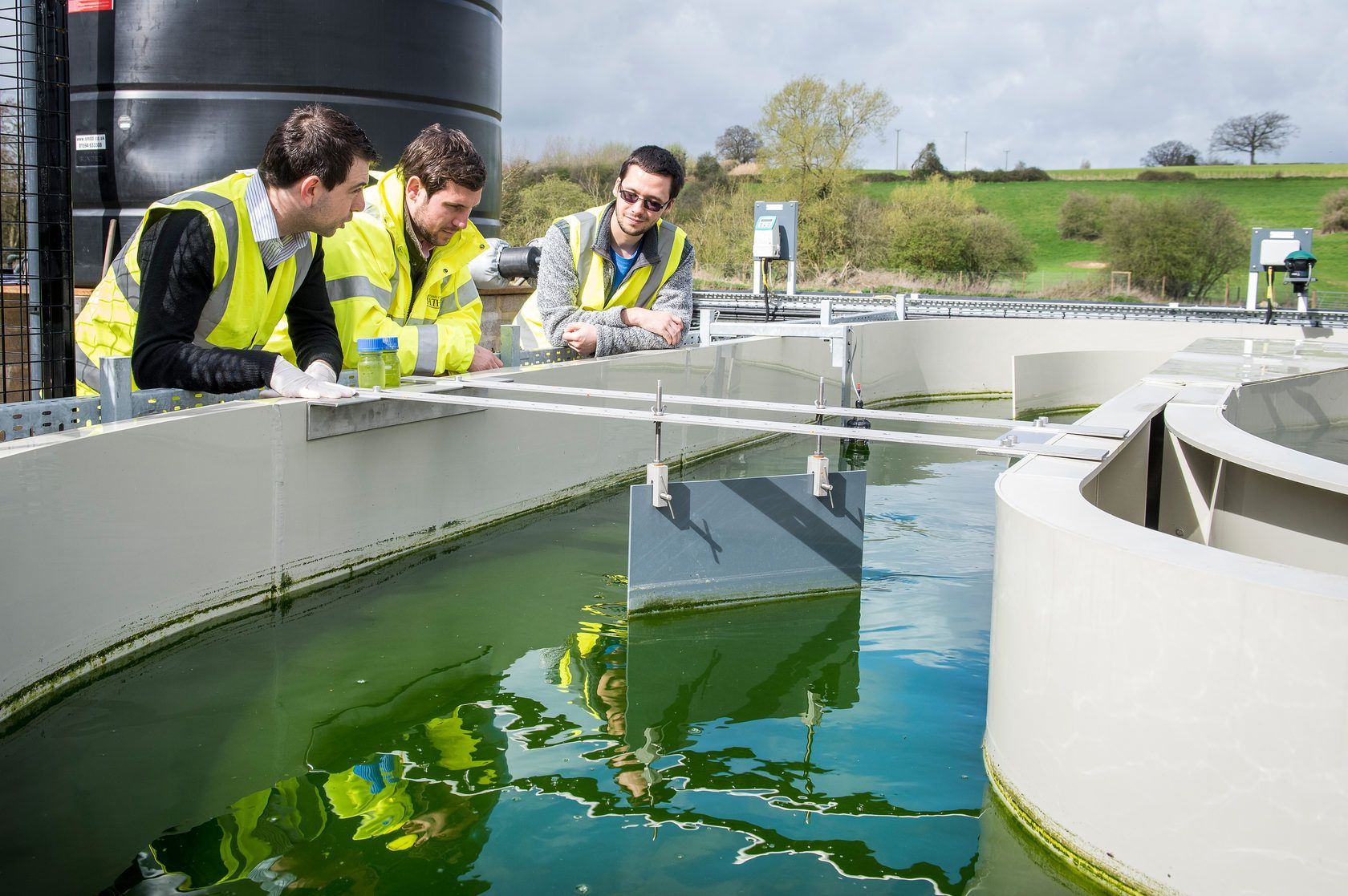Wastewater control

Environmental monitoring is a prerequisite for the activity of any industrial enterprise. The procedure allows to record the changes occurring in the environment, identify its causes, including anthropogenic influence. Wastewater quality control is one of the main measures to protect the ecosystem. Monitoring allows to determine the control of water body and soil composition, as well as to take measures to protect the ecological environment.
Problems of wastewater quality control
The main factors that are sources of pollution of water resources are disorderly dumps with industrial waste, household rubbish, and wastewater entering water bodies from sewage systems of factories and enterprises.
Maximum Discharge Limits are the masses of harmful substances in water, which are maximum permissible for discharges with established regimes in water bodies per unit of time. MPDs provide quality indicators at control points and allow for optimal distribution of discharges to sources.
If background (natural) concentrations of pollutants do not correspond to any indicator, maximum permissible concentrations are set based on the extent to which the norms in the control solutions are met.
Wastewater monitoring is performed by professionals using various equipment/methods for environmental analyses.
Ensuring wastewater quality control
Control norms are established by the Water Code, which includes a set of rules for organisations to ensure the properties and composition of wastewater discharged by the subscriber.
The programmes are approved and developed by water supply and sewerage organisations (WSS) and are agreed upon within 1 month.
Norms of the legislation of the Republic of Kazakhstan
Industrial effluent must not disturb the structure of the wastewater disposal system or have a damaging effect on the network materials. Permissible standards:
- floating substances - not more than 500 ml/litre;
- particles with chemical oxygen consumption including biochemical consumption - within 1.5;
- acid solution with pH in normal - not more than 9.0.
Emissions must not contain toxic gaseous substances, combustible impurities, particles for which a maximum permissible concentration has been established, mineral/bacterial/viral contaminants, fuel oil, tar, waste from dust and gas cleaning devices and products of processing plants (activated carbon, fertilisers, ion exchange resins, etc.).
Who is responsible for each stage of wastewater control
Responsibility is fully assigned to managers engaged in industrial, agricultural, construction and other activities, and who have treatment facilities at their production facilities.
What is involved in controlling the composition and properties of wastewater:
- visual inspection (with inspection of the facility for compliance with regulations on prohibitions of discharges into centralised wastewater disposal systems);
- sampling;
- laboratory testing;
- preparation of reporting documentation.
The comprehensive programme enables effective industrial control of wastewater, including the operation of the treatment plant, the condition of the facility, analysis of emission standards for pollutant particles and timely prevention of emergencies.
Frequency of control
Analytical analyses can be unplanned and planned in terms of the formats in which they are conducted. By assignment - report and operational.
Scheduled ones are carried out at least once a year, but not more often than once a month.
Unscheduled monitoring is carried out at any time, in case of emergencies, accidents at production facilities, failure of systems (or individual elements), in case of detection of violations during inspection by the state environmental supervision bodies, pollution of water bodies in places of effluent discharge.
Control is assigned to organisations engaged in wastewater disposal works or other authorised companies. Subject of control: characteristics of wastewater, under which a legal entity/individual has concluded wastewater disposal contracts, sent to the WWC.
Penalties for water users
The amount of penalties depends on the degree of violation. For an official - up to 20 monthly calculation index, for a legal entity - from 20 to 100.
In case of a serious violation, criminal liability is envisaged.
It is possible to avoid fines by complying with all the rules established by environmental legislation and having authorisation documents at the enterprise.
Control programme
The analyses are carried out taking into account several rules. The programme includes:
- Providing opportunities for visual inspections and sampling;
- ensuring free access to water bodies, sewers;
- organising sampling sites, installing special signs identifying control zones;
- timely monitoring of effluent properties, concentration (with completion of statistical reports);
- checking the operation of the treatment plant and timely troubleshooting;
- submitting reports to the supervisory authority.
Wastewater control from Promanalit
By ordering a wastewater analysis at Promanalit, you will receive a comprehensive service from professionals:
- carrying out laboratory analyses in accordance with legal regulations;
- prompt visits on request;
- high-precision measurement techniques, with accurate results (photometric, liquid and gas chromatography, as-spectrometry, etc.);
- analyses in our own accredited laboratory.
Wastewater control is carried out at the water resource, in the storm water, centralised general drainage system. You can calculate the cost or get a consultation by calling the phone numbers in the Contacts section.
